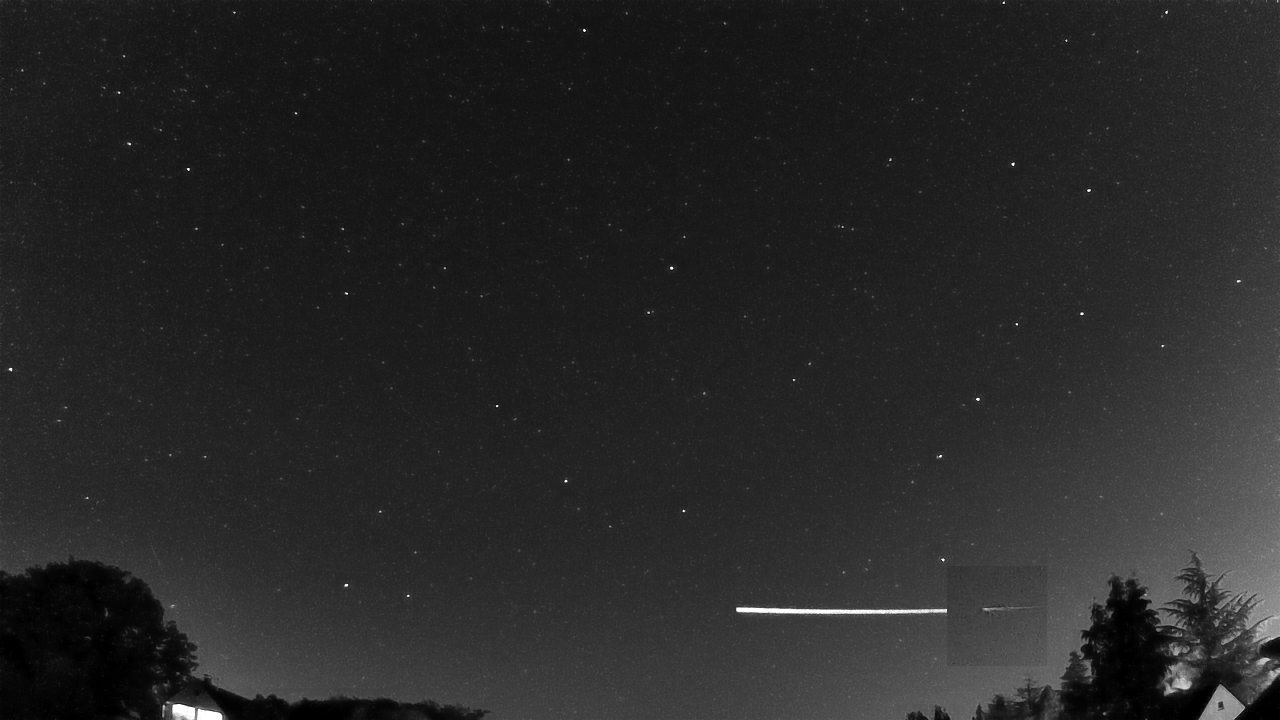
A rock from space was recently observed skimming Earth’s atmosphere. The meteoroid was spotted in the early hours of 22 September above Northern Germany and the Netherlands, getting as low as 91 km in altitude – far below any orbiting satellites – before it ‘bounced’ back into space.
A meteoroid is typically a fragment of a comet or asteroid that becomes a meteor – a bright light streaking through the sky – when it enters the atmosphere. Most of them disintegrate, possibly with pieces reaching the ground as meteorites. This lucky visitor, however, didn’t get low enough to completely burn up and managed to escape again, only grazing the edges of our planet’s protective gassy shield.
Earthgrazers don’t happen very often, just a handful of times per year, in comparison to the thousands of meteors we observe in the same period, only the largest of which reach the ground as meteorites.
The lucky object was spotted by cameras in the Global Meteor Network, a project which aims to cover the globe with meteor cameras and provide the public with real time alerts, building a picture of the meteoroid environment around Earth.
“The network is basically a decentralised scientific instrument, made up of amateur astronomers and citizen scientists around the planet each with their own camera systems” explains Denis Vida who founded the initiative.
“We make all data such as meteoroid trajectories and orbits available to the public and scientific community, with the goal of observing rare meteor shower outbursts and increasing the number of observed meteorite falls and helping to understand delivery mechanisms of meteorites to Earth”.
Tens of thousands of meteorites have been found on Earth, yet, of these only about 40 can be traced back to a parent asteroid or asteroidal source.
By better understanding these small bodies we are able to build up a more complete image of the Solar System, including potentially dangerous asteroids, meteor shower outbursts which could endanger satellites, as well as the chemistry and origins of our Solar System itself.
ESA’s Planetary Defence Office, part of the Agency’s new Space Safety Programme, is working to better understand the risk from space rocks, assess the consequences of future impacts and even to develop methods of deflecting risky asteroids. Find out more, here.
Click here for original story, Lucky meteoroid skims Earth’s atmosphere
Source: ESA Top Multimedia